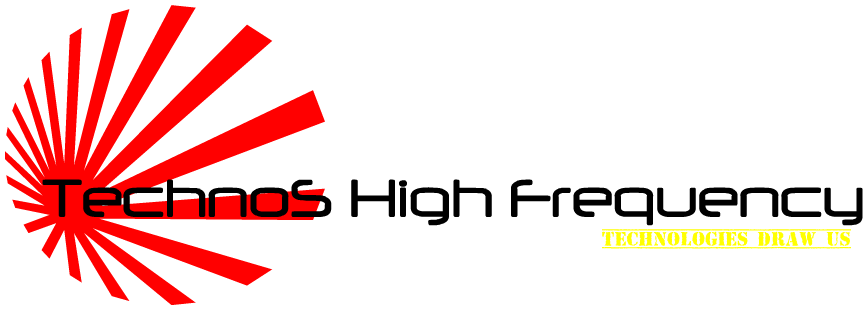Monday, May 9, 2011
Your Future and Information Technology
Posted by PerinduSyurgaAbadi at 11:51 PM 0 comments
How you can be a winner
- Stay current: REad trade journals and the general business press, join professional associations and participate in interest groups on the internet.
- Maintain your computer competency: Stay current by reading computer-related articles in the general press and trade journal.
- Develop professional contac: Stay active in your profession and meet people in feild. This provides information about other people. firms , job oppurtinities and social contac.
- Develop specialties: Develop specific as well as general skill. Expect to take class periodically to stay current with your field and technology.
- Be alert for organizational change: Use formal and informal lines of communication. Be alert for new trends within the organization.
- Look for innovative opportunities: Look for ways to increase efficiency. Present ideas in terms of saving money rather than "improving information".

Posted by PerinduSyurgaAbadi at 11:49 PM 0 comments
Locating Job Opportunities Online
Posted by PerinduSyurgaAbadi at 11:31 PM 0 comments
Changing Times
 |
| automated teller machines are examples of technology used in business |
- Successful individuals have a strategy
- lTechnology changes responsibilities
- lSome jobs are made obsolete, but new ones are created
- lSuccessful individuals are best at changing
Posted by PerinduSyurgaAbadi at 11:19 PM 0 comments
~tEcHnoLogY & PeOPle~
 |
| GOOD LUCK!!! |
Posted by PerinduSyurgaAbadi at 11:00 PM 0 comments
Careers in IT
Posted by PerinduSyurgaAbadi at 10:56 PM 0 comments
Sunday, May 8, 2011
~gEnEraTIONS of pRoGRAmmING LAnGUAGe~
 |
| BABY |
 |
| TEENAGERS |
 |
| OLD PEOPLE |

Posted by PerinduSyurgaAbadi at 9:23 AM 0 comments
Step 6 : Program Maintenance
Posted by PerinduSyurgaAbadi at 9:21 AM 0 comments
Thursday, May 5, 2011
Step 5. Program Documentation
Posted by PerinduSyurgaAbadi at 11:14 PM 0 comments
Step 4: Program Test
- Desk checking (code review)-careful reading of a printout of the program
- Manual testing-using a calculator and sample data to test for correct programming logic
- Attempt a translation-running the program using a translator program to identify syntax errors
- Testing sample data-running the program and testing a program for logic errors using sample data
- Testing by users(beta testing)-final step in which potential user try the program and provide feedback
Posted by PerinduSyurgaAbadi at 11:12 PM 0 comments
sTEp 3: pRogRam CoDE
Posted by PerinduSyurgaAbadi at 11:10 PM 0 comments
Step 2 : Program Design
Posted by PerinduSyurgaAbadi at 11:05 PM 0 comments








































